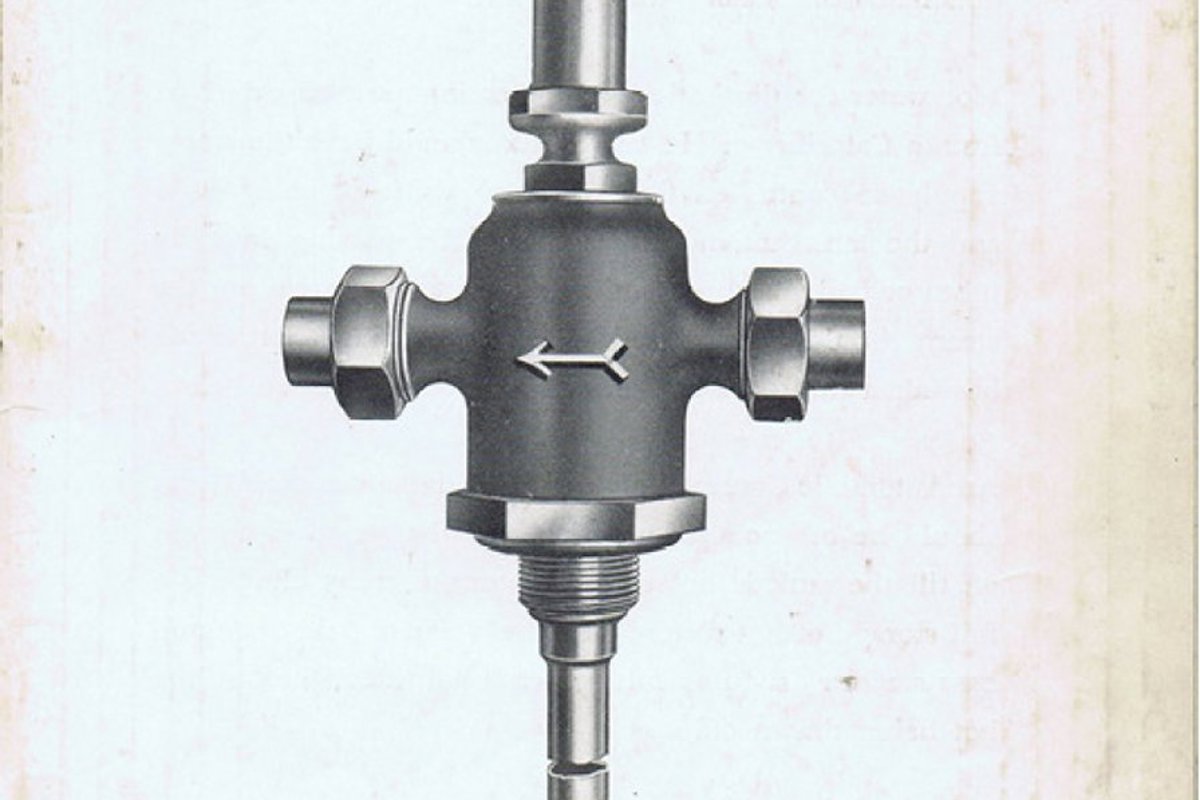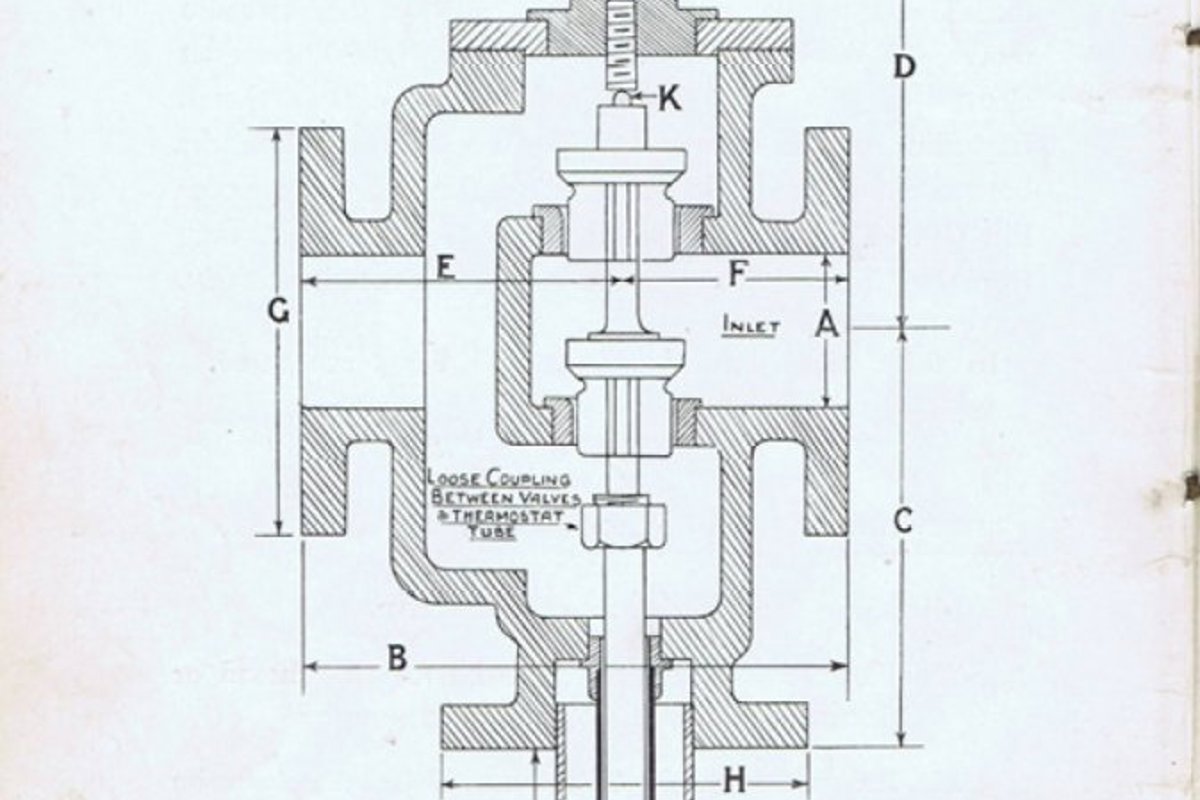
 -
-
This post refers to a piece of Horne product literature entitled 'Horne's Specialities' that we believe dates from the 1930s.
Even at that time we manufactured a range of specialised valves, all to our own design with the common technological feature being the thermostat. Our principal product was the thermostatic valve, which was developed in 1909. Judging by the claims made in the description on page two, the leading beneficial feature of this product was that it offered “control automatically”. Prior to the development of this product, temperature control would have been manual and labour intensive - probably relying on an intimate knowledge of the peculiarities of each heating system. The thermostatic valve eliminated the need for manual valves to be opened and closed relative to anticipated demand for hot water.
Page six shows valves with inlet bores as large as 6 inches, which would probably have been used on systems with very low steam supply pressure such as those that might be found when using exhaust steam. Our production record books show that the majority of these valves were set at 140° Fahrenheit, which equates to approximately 60°C. This is a commonly used temperature today and is considered desirable as a means of managing the risk of legionella organisms colonising domestic water systems. In the 1930s legionella was not known to exist but the temperature was considered to be optimal for applications such as those found in laundries and kitchens, which were supplied from the water heaters.
Today we still manufacture the EA-1 thermostatic temperature control valve, which is a refined version of the original thermostatic valve.

